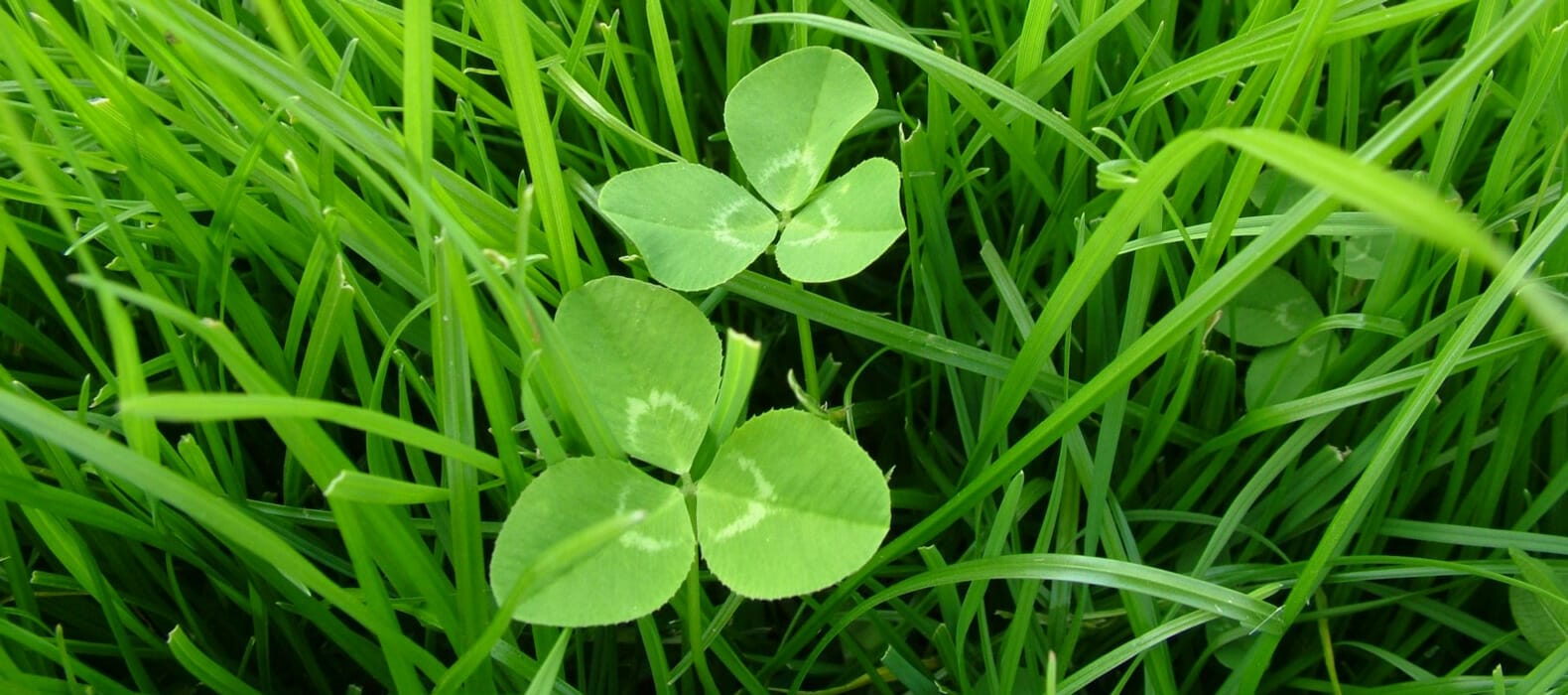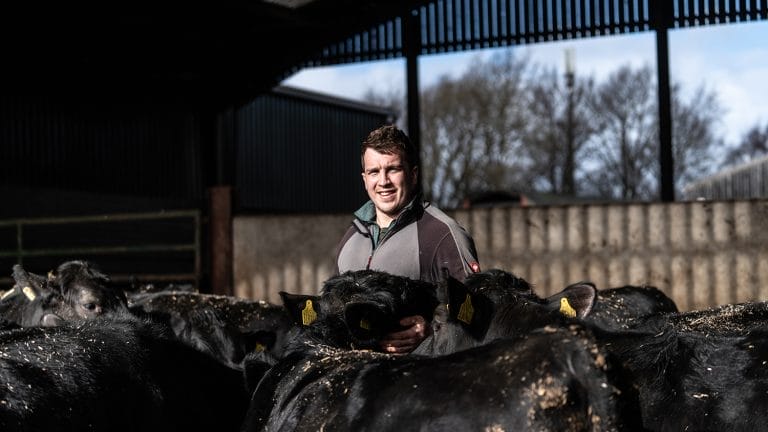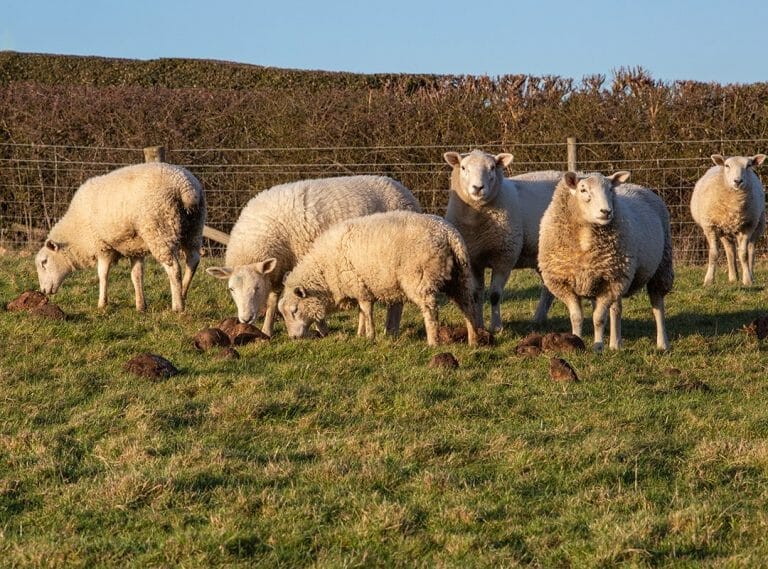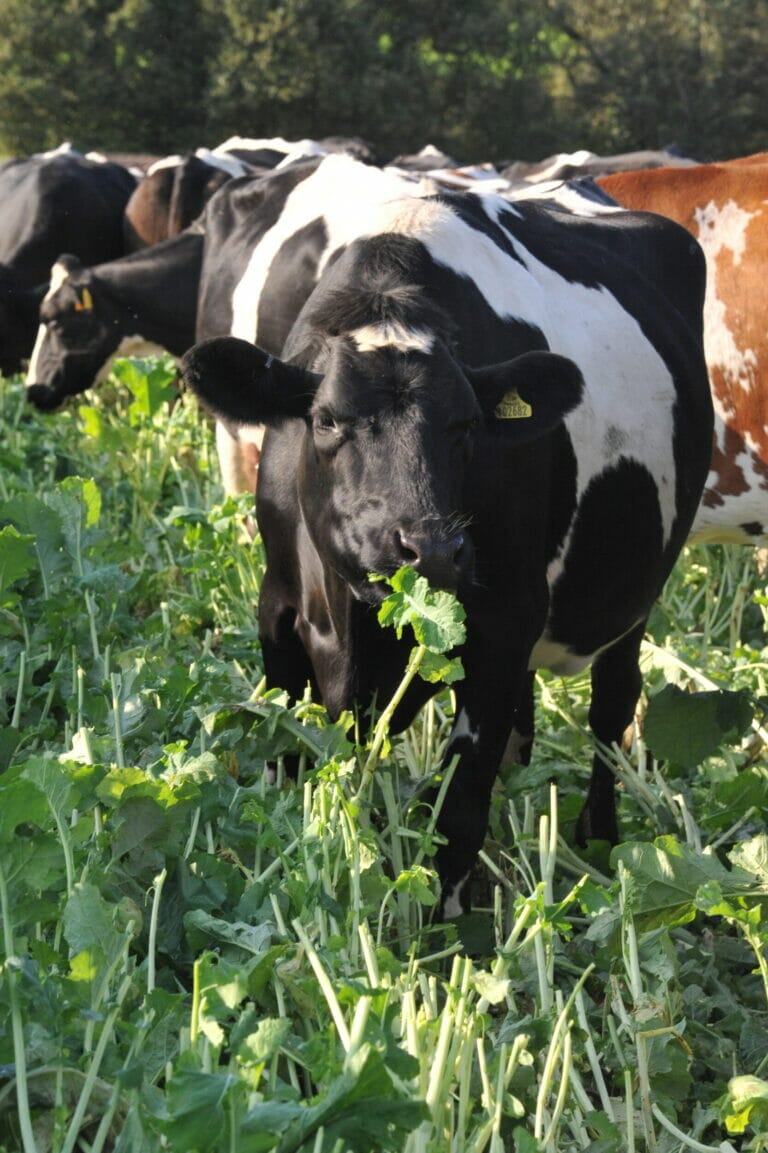
Regular reseeding has always been good management on dairy units, but this year high fertiliser prices and bought-in protein feed make it significantly more important in managing input prices while maintaining productivity.
Why? Because a new sward of productive grasses will be far more efficient in using nitrogen than old swards. Feeding older grass swards where the grass is less responsive and there’s a higher proportion of weeds is wasteful in comparison.
As an example, trials have shown that rough stalked meadow grass has a yield response of 17% of that of perennial ryegrass when nitrogen applications are increased from 50 to 150 units.
Fertiliser prices have almost trebled in price in the last 2 years. AHDB quotes urea, with 46% nitrogen, at £244 per tonne in July 2020 and £783 for May 2022. Add to this the increased drive to maximise milk from home-grown forages and mitigate high bought-in feed prices, particularly protein, and the focus on reseeding more grassland strengthens.
Trials continue to show that new leys will yield up to five tonnes of dry matter per hectare more in their first year than a four-year-old ley.
Reseeding typically pays for itself in yield value within the first two years. Current high input prices will improve this further.
A reseed also gives the opportunity to improve grassland productivity and reduce the reliance on fertiliser. Mixtures with new, top-yielding grass varieties respond well to fertiliser applications and will out yield older varieties even at lower nitrogen levels. So even if it is necessary to cut back on application rates, an improved mixture in a new ley will yield better than mixtures with less productive grass varieties.
A reseed also offers the opportunity to introduce clover into the mix. A typical grass ley with 30% white clover can fix 180kgN per hectare and red clover may fix up to 200kgN per hectare. Based on a urea cost of £748 per tonne, this is worth around £305 per hectare for white clover and £340 per hectare for red clover.
Pelleted clover can also be oversown into existing leys, and clover-rich swards can remove the need for nitrogen applications throughout the ley’s lifespan, and there may even be residual nitrogen left for the following crop. Early spring is an ideal time to start a reseeding plan. A more rigorous reseed programme could make good commercial sense, reducing the reliance on expensive inputs and making the most of fertiliser that is used.


































